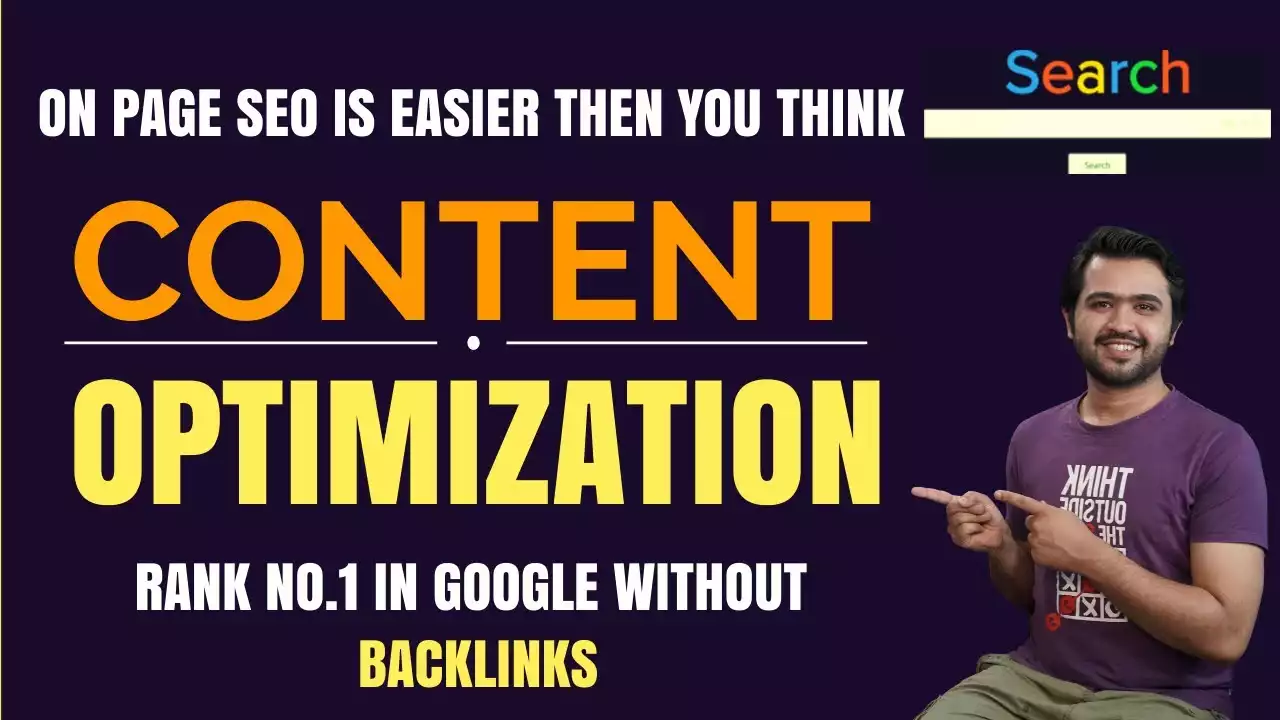Understanding the Importance of Optimizing Content for Online Visibility
The internet is a vast and crowded space, and if you want your content to stand out, you need to optimize it for maximum visibility. This means making sure that your content is easily discoverable by search engines and social media platforms. When your content is optimized, it is more likely to appear higher in search engine results pages (SERPs) and attract more clicks and engagement.
One of the primary benefits of optimizing your content is that it can help you reach a wider audience. By targeting specific keywords and optimizing your content for search engines, you can attract more traffic to your website or blog. Additionally, when your content is optimized for social media, it can help you increase engagement and drive more conversions.
Another crucial benefit of optimizing your content is that it can help you establish credibility and authority in your industry. When your content appears at the top of search engine results pages, it can help you establish your brand as a trusted source of information and expertise.
Conducting Keyword Research for Effective Optimization
One of the most important steps in optimizing your content for online visibility is conducting keyword research. Keywords are the words and phrases that people use to search for information online, and by targeting the right keywords, you can attract more traffic to your website or blog.
To conduct keyword research, start by brainstorming a list of relevant topics and phrases related to your industry or niche. You can also use keyword research tools like Google Keyword Planner or SEMrush to identify popular keywords and phrases that people are searching for.
Once you have a list of relevant keywords, incorporate them into your content in a natural and meaningful way. Avoid "keyword stuffing" or overusing keywords in a way that feels forced or unnatural. Instead, aim to create high-quality, informative content that incorporates relevant keywords in a way that enhances the overall user experience.
Crafting Attention-Grabbing Headlines
Your headline is the first thing that people see when they come across your content online, so it's crucial to make it attention-grabbing and compelling. A great headline can help you attract more clicks, increase engagement, and ultimately, drive more traffic to your website or blog.
When crafting your headlines, aim to make them informative, engaging, and relevant to your target audience. Use power words and emotional triggers to evoke curiosity and interest, and try to keep your headlines concise and to the point.
Another effective way to optimize your headlines is to include relevant keywords. By incorporating keywords into your headlines, you can increase the chances of your content appearing in search engine results pages and attract more clicks from people searching for information related to your industry or niche.
Writing High-Quality and Engaging Content
At the end of the day, the success of your content marketing efforts depends on the quality and relevance of your content. To optimize your content for maximum online visibility, it's crucial to create high-quality, engaging, and informative content that resonates with your target audience.
When writing your content, aim to provide value to your readers by answering their questions, solving their problems, or providing them with useful information. Use clear and concise language, and break up your content with headings, subheadings, and bullet points to make it easier to read and digest.
Additionally, make sure that your content is original and unique. Avoid plagiarism or copying content from other sources, and aim to provide a fresh perspective or unique take on your topic.
Using Meta Descriptions to Improve Click-Through Rates
Meta descriptions are the short snippets of text that appear below the headline in search engine results pages. They provide a brief summary of your content and can help people decide whether or not to click through to your website or blog.
To optimize your meta descriptions, aim to create informative and compelling summaries of your content that will entice people to click through. Use power words and emotional triggers to create a sense of urgency or interest, and make sure that your meta descriptions accurately reflect the content of your page.
Additionally, make sure that your meta descriptions are concise and to the point. Aim to keep them under 160 characters, as anything longer may get truncated in search engine results pages.
Incorporating Internal and External Links
In addition to optimizing your content for keywords and meta descriptions, it's also important to incorporate internal and external links into your content. Internal links are links that point to other pages on your website or blog, while external links are links that point to other websites.
By incorporating internal and external links, you can improve the user experience of your content and provide additional value to your readers. Internal links can help people navigate your website or blog and discover related content, while external links can help establish your credibility and authority by linking to other trusted sources of information.
When incorporating links, make sure that they are relevant and add value to your content. Avoid overusing links or including irrelevant or low-quality links that could harm your credibility.
Optimizing Images and Videos for Search Engines
In addition to optimizing your text content, it's also important to optimize your images and videos for maximum online visibility. This means using descriptive file names, alt tags, and captions to help search engines understand the context and relevance of your visual content.
When optimizing images, aim to use descriptive file names that accurately reflect the content of your image. Additionally, use alt tags to provide a brief description of your image and make it accessible to people who use screen readers or have visual impairments.
When optimizing videos, use descriptive titles and captions to provide context and help people understand what your video is about. Additionally, include relevant keywords in your titles and descriptions to improve the chances of your video appearing in search engine results pages.
Utilizing Social Media for Content Promotion
Social media is a powerful tool for promoting your content and driving more traffic to your website or blog. By sharing your content on social media platforms like Facebook, Twitter, and LinkedIn, you can reach a wider audience and attract more engagement.
To optimize your social media posts, aim to create engaging and informative content that resonates with your target audience. Use relevant hashtags to increase the visibility of your posts, and include compelling images or videos to make your posts more visually appealing.
Additionally, make sure that your social media profiles are fully optimized with relevant keywords, descriptions, and links to your website or blog. This will help people discover your content more easily and establish your brand as a trusted source of information and expertise in your industry or niche.
Measuring and Tracking Content Performance
Finally, to optimize your content for maximum online visibility, it's crucial to measure and track its performance over time. By analyzing metrics like website traffic, engagement, and conversion rates, you can identify what's working and what's not and make adjustments to your content marketing strategy accordingly.
To track your content performance, use tools like Google Analytics or SEMrush to monitor your website traffic and engagement. Additionally, use social media analytics tools like Hootsuite or Sprout Social to track your social media engagement and identify what types of content are most successful.
By measuring and tracking your content performance, you can optimize your content for maximum online visibility and ensure that your content marketing efforts are delivering the results you want.










